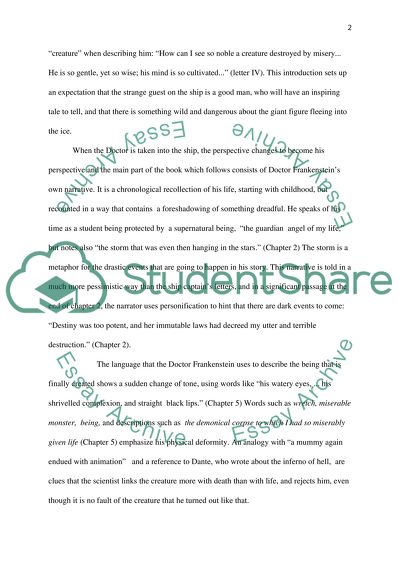Cite this document
(“Who is the real monster Essay Example | Topics and Well Written Essays - 1500 words”, n.d.)
Retrieved from https://studentshare.org/english/1580827-who-is-the-real-monster
Retrieved from https://studentshare.org/english/1580827-who-is-the-real-monster
(Who Is the Real Monster Essay Example | Topics and Well Written Essays - 1500 Words)
https://studentshare.org/english/1580827-who-is-the-real-monster.
https://studentshare.org/english/1580827-who-is-the-real-monster.
“Who Is the Real Monster Essay Example | Topics and Well Written Essays - 1500 Words”, n.d. https://studentshare.org/english/1580827-who-is-the-real-monster.


